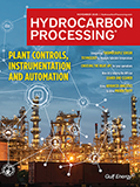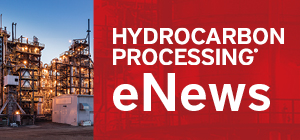March 2025
Catalysts
Design improved resid hydrotreating catalyst systems for higher RFCC profitability
This article summarizes the authors’ JV’s recent development of two new improved catalytic materials for the residue desulfurization (RDS) process, and provides a case study showing how these materials can be used in synergy with RFCC technology to improve refinery margins.
This is a preview of our premium content. Thank you for your interest—please log in or subscribe to read the full article.






Comments